Futuristic Tempest fighter jet could bring £25bn economic boost
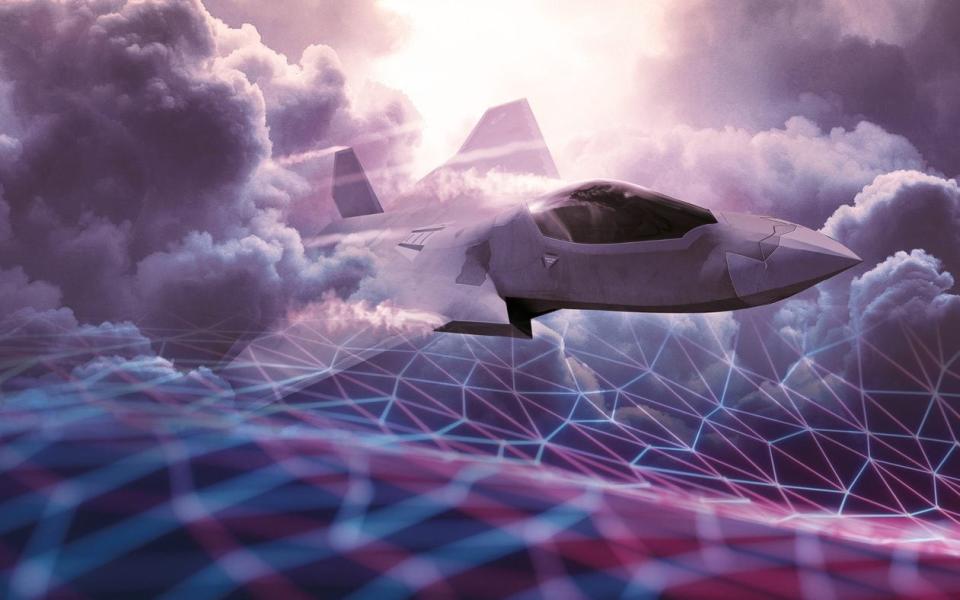
The Tempest programme to build a futuristic laser-armed stealth fighter without a pilot will deliver £25bn of benefits to the UK economy and create valuable technology spin-offs, it has been claimed.
The projection comes as a consortium led by BAE Systems, Rolls-Royce, MBDA and Leonardo that is driving the project to get the new aircraft into service by 2035.
An economic analysis of Tempest conducted by PwC calculates the programme will also support 20,000 skilled jobs a year between 2026 to 2050.
More than 200 UK companies including SMEs are working on Tempest employing about 1,800 people.
BAE, which released the report, said the potential economic benefit of Tempest did not include any export sales.
Citing “commercial sensitivities”, the defence giant declined to say how much producing Tempest was expected to cost. Defence analysts suggest the bill could top £25bn.
In an attempt to reduce costs and eliminate delays, the aircraft is being designed from the inside out, rather than the traditional method of creating a platform on to which sensors and weapons are added.
The integrated approach is intended to smooth development by identifying and ironing out problems early. Machine learning and AI also mean much of the testing is being done in a virtual environment, further speeding up work and cutting costs.
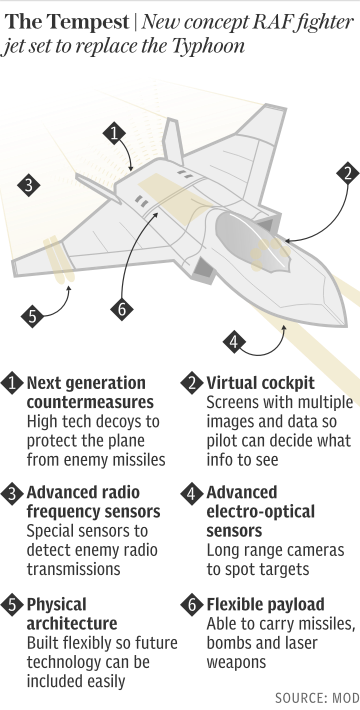
The Government and industry have committed £2bn into early work on Tempest, which was launched at the 2018 Farnborough air show. Since then Sweden and Italy have joined the project with the involvement of Saab and Leonardo.
It is hoped other countries will also join to help share costs and expand the market, increasing the number of aircraft likely to be built and reducing their individual cost.
If Tempest goes ahead, it will preserve the UK’s military aircraft industry, which is historically responsible for about 80pc of the country’s defence exports.
Michael Christie, director of combat air at BAE, said: “Tempest is an exciting and ambitious multi-decade programme that will help to preserve our national security whilst at the same time driving significant economic benefits for the UK.”
He described Tempest as “critical to sustaining the UK’s combat air sector”, meaning that the country will not have to rely on other nations to ensure freedom of action for its military air power.
Coming ahead of the integrated review of Britain’s military capabilities which is likely to see some programmes cut or even stopped, the economic review will form part of the consortium’s case for Tempest to go ahead.
The Government is expected to make a decision on Tempest at the end of 2025 and there is no guarantee the jet will be built.
Other options include a limited programme where technology being developed for Tempest is combined with other international fighter programmes.
This would give UK companies a share of the work, such as with the F-35 Lightning, where Britain is the only tier 1 partner.
Alternatively, the Government could just buy another jet built abroad – almost certainly from the US.
A closer look at The Tempest fighter jet’s features
Plug and shoot weapons
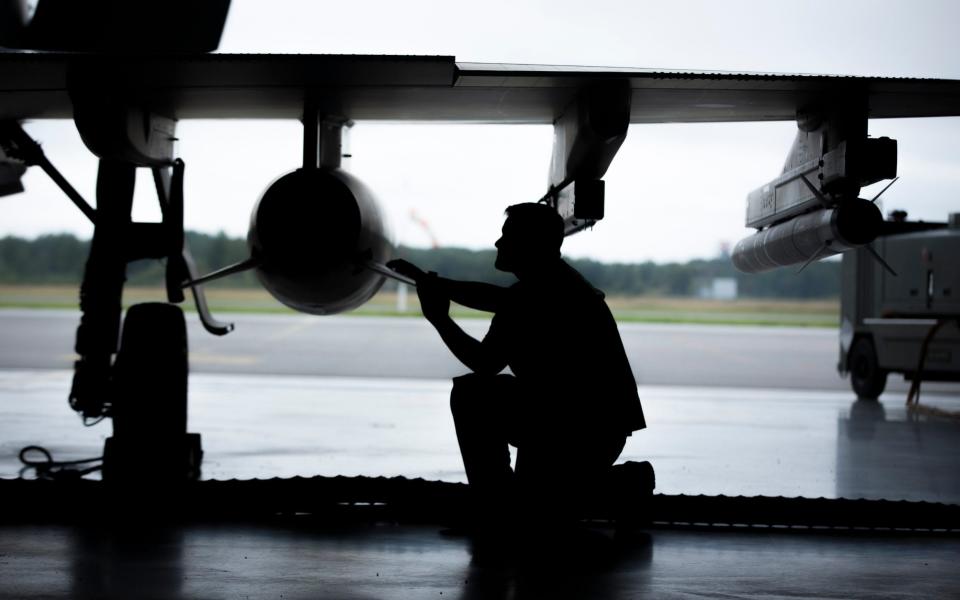
Adding new weapons to Tempest should be as simple as “plugging in a USB stick to your computer”, according to missile company MBDA. The business says it is working to break the cycle of defence programmes taking years and hundreds of millions of pounds by experimenting with how to integrate weapons on to aircraft virtually, meaning less real-world tests.
As well as traditional missiles and bombs, Tempest is eventually expected to be armed with lasers and operate swarms of other aircraft which present new challenges on how they can be targeted and fired. The ultimate aim is that upgrades become like the IT industry, with software being installed rather than expensive and slow hardware having to be built.
Wearable cockpit

Tempest may not have a traditional physical joystick and throttles to fly the aircraft with, with BAE working on a “wearable cockpit” instead. This would involve augmented and virtual reality displays projected inside pilot’s helmet visor, with them using gestures to control the aircraft or simply by tracking their eye movements. BAE believes this could give a “split-second advantage” in the the fast world of air combat.
Virtual crew
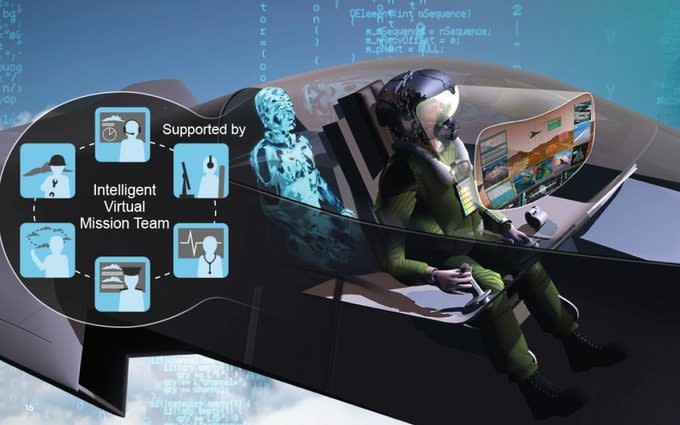
Engineers are looking at making Tempest “optionally crewed”, meaning it could have a pilot in the cockpit, be controlled by operators on the ground or even flown by artificial intelligence.
Aircraft without a human on board could be sent into the highest-risk situations, flying autonomously or with human input. Other concepts include a “virtual co-pilot” that can handle some of the more mundane tasks, allowing humans to focus on decision-making and combat. The virtual pilot could take the form of an avatar in the cockpit interacting with the pilot.
Information wars

While having the latest weapons and stealth technology are vital, the key to winning future air battles is information that helps identify and locates enemies as threats advance and proliferate.
Leonardo UK is developing a new radar technology system which can collect and process unprecedented amounts of data which can be fed to the pilot in an understandable way that also prioritises the most vital information.
The new sensor, called the “Multi-Function Radio Frequency System”, collects and processes on board 10,000 times more data than existing systems. In one second it is capable of handling the equivalent of the amount of internet traffic of a large city such as Edinburgh. Such data will give pilots an “unprecedented view of the battle space”, according to Leonardo, helping “pilots make more confident decisions because of multiple sources of data gathering”.
Challenges to developing fighters of the future
Knowledge sharing
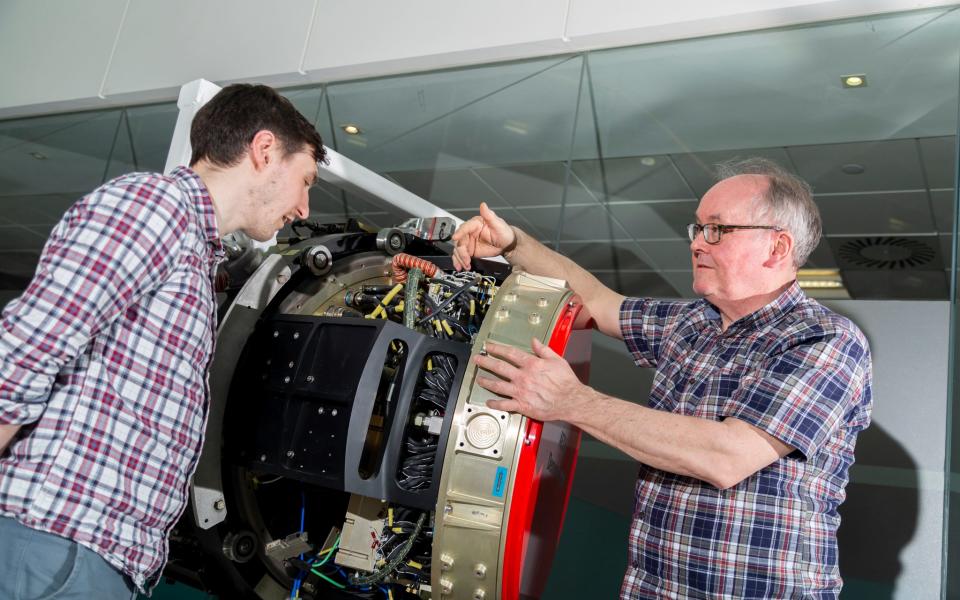
Long gaps between major aircraft programmes risk knowledge and skills accumulated on previous projects being lost. Decades between new aircraft means engineers who developed understanding of how systems and concepts work can have retired by the time the next one comes along, meaning skills have to be expensively and time-consumingly relearned by the following generation.
Leonardo has worked out that 30pc of engineers in the Tempest radar team are younger than 30 and another 30pc are over 55. At the company’s Edinburgh site where the team is based, 25pc of engineers hold 19,876 years of experience between them, meaning a risk of a cliff edge of “experience drain” as senior staff retire.
To avoid this it has launched a “brain to brain” scheme, where “greybeard” staff approaching retirement spend some of their final year in employment passing their hard-earned know-how on to the company’s younger staff.
Cooling system
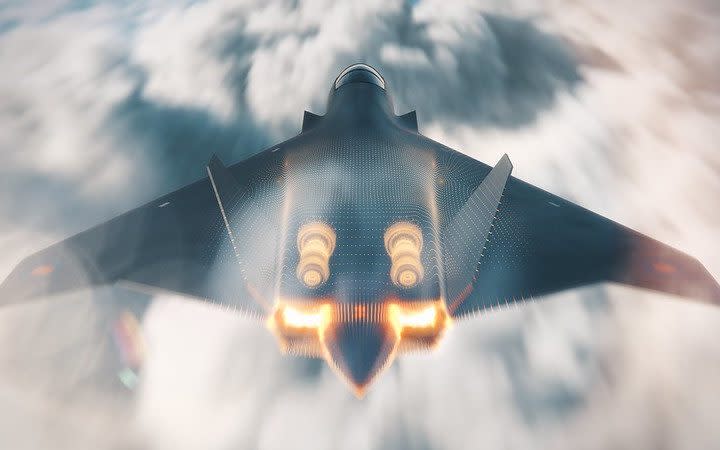
Tempest’s Rolls-Royce engines will have advanced combustion systems which run hotter than previous designs, making the engines more efficient. This means that the aircraft will have lower fuel consumption meaning they can have greater range, more time on station or even be smaller as they need less fuel than comparable aircraft.
However, the challenge comes in how to deal with this heat so it does not melt the combustion chambers of turbine behind them, meaning developing new thermal management techniques is a key technology for the company.
Energy generation

Another task for Rolls-Royce is generating the vast amounts of energy needed by the “directed energy weapons” – ie lasers – that Tempest is ultimately expected to be equipped with.
Producing and handling so much power will also create a great deal of heat and the energy also needs to be stored ready to be used by the weapons.
Williams Advanced Engineering, the company that helped create batteries and calling systems used in Formula E racing, has been brought on board Tempest and is adapting energy storage and cooling technology that had its first outing on the racetrack.

 Yahoo Finance
Yahoo Finance 